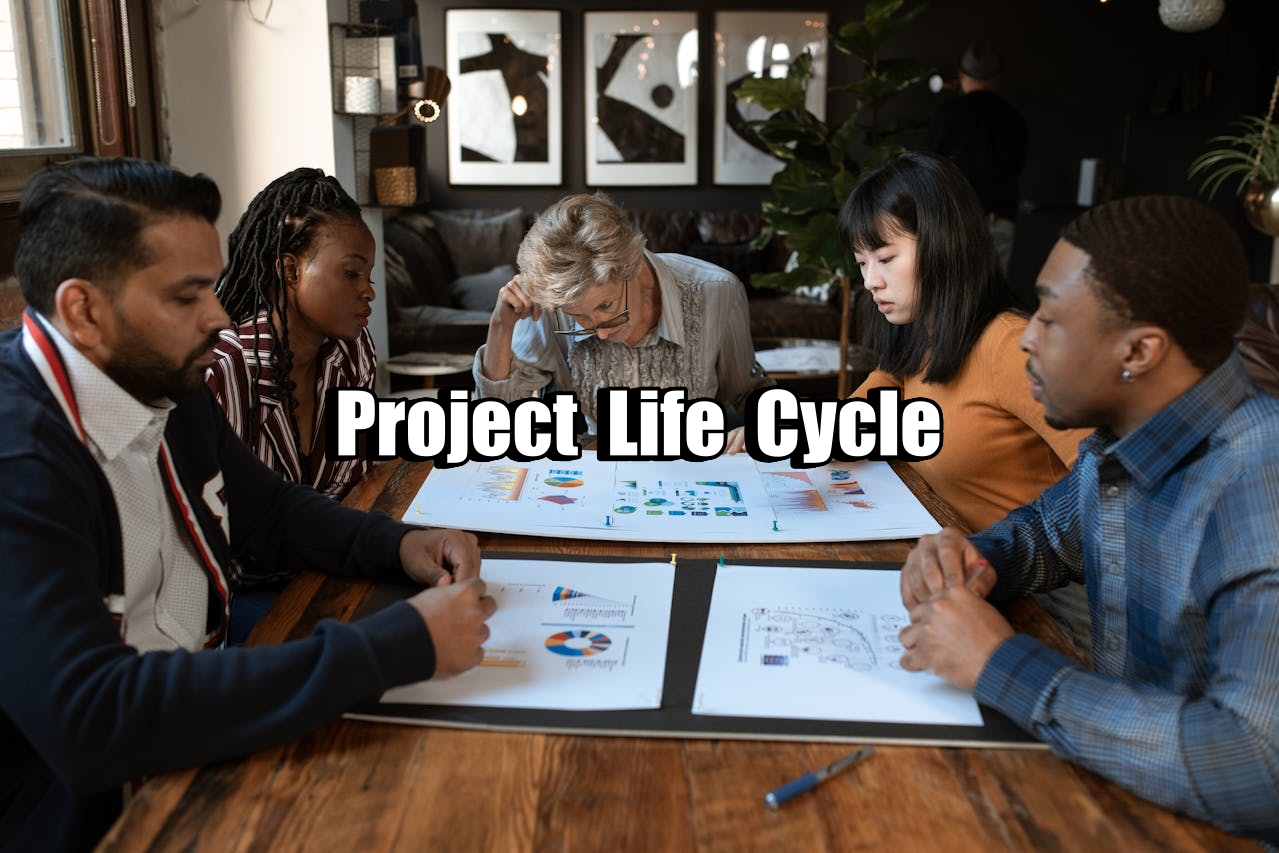Skip to content
The Key Phases of the Project Life Cycle: A Roadmap to Project Success
Every successful project, whether it’s launching a new product or rebranding a business, follows a structured journey known as the project life cycle. Understanding each phase is essential for staying on track, managing resources, and achieving intended goals. Let’s break down the key phases of this cycle and how they contribute to project success.
1. Initiation: Defining the Project
This phase is all about answering the “what” and “why”. A project begins when an idea is evaluated for its value and feasibility. Key steps include:
-
Defining the project goals and scope
-
Conducting a feasibility study
-
Identifying key stakeholders
-
Creating a project charter
Goal: Secure approval to move forward.
2. Planning: Creating the Roadmap
With a green light, the planning phase builds a detailed roadmap. This phase is often the most crucial, as it sets expectations and outlines how the team will execute and manage the project.
-
Develop a project plan and timeline
-
Assign roles and responsibilities
-
Define KPIs and success metrics
-
Identify risks and mitigation plans
-
Budget estimation
Goal: Set clear, actionable steps and prepare for execution.
3. Execution: Bringing the Plan to Life
This is the “doing” phase. The team carries out the tasks laid out in the plan. It involves constant communication, resource allocation, and coordination.
-
Task execution
-
Team collaboration
-
Regular status meetings
-
Stakeholder communication
Goal: Deliver the project outputs while maintaining quality and efficiency.
4. Monitoring & Controlling: Staying on Track
Running parallel to execution, this phase ensures the project remains aligned with goals and timelines.
-
Track progress against KPIs
-
Manage scope, time, and cost
-
Address issues and changes
-
Quality control
Goal: Detect and fix deviations to keep the project aligned with objectives.
5. Closure: Wrapping Things Up
Once deliverables are complete and objectives met, it’s time to close the project.
-
Final product handover
-
Performance evaluation
-
Documentation and reporting
-
Team debrief and lessons learned
Goal: Reflect, celebrate wins, and learn for future projects.
Why the Project Life Cycle Matters
Following a defined project life cycle brings clarity, structure, and consistency. It enhances team alignment, reduces risk, and increases the likelihood of delivering on time and within budget. Whether you’re managing a corporate campaign or a small creative gig, mastering these phases is your key to sustainable project success.

No responses yet